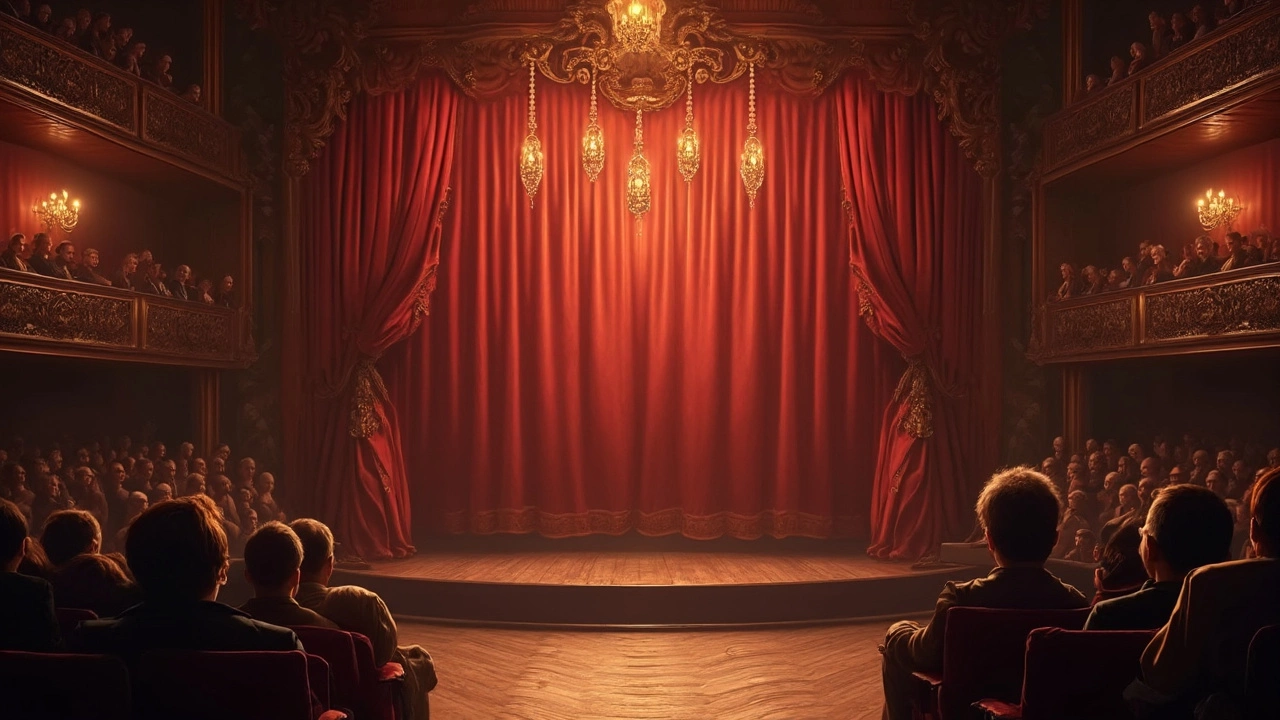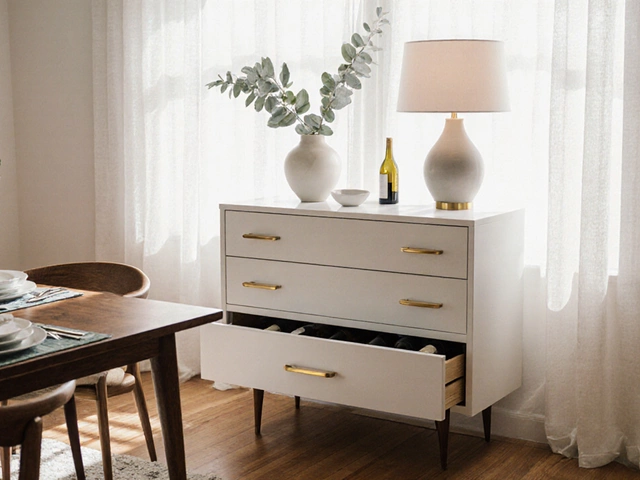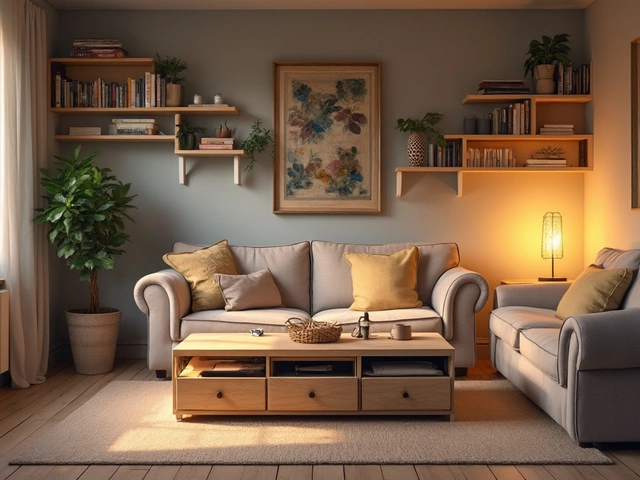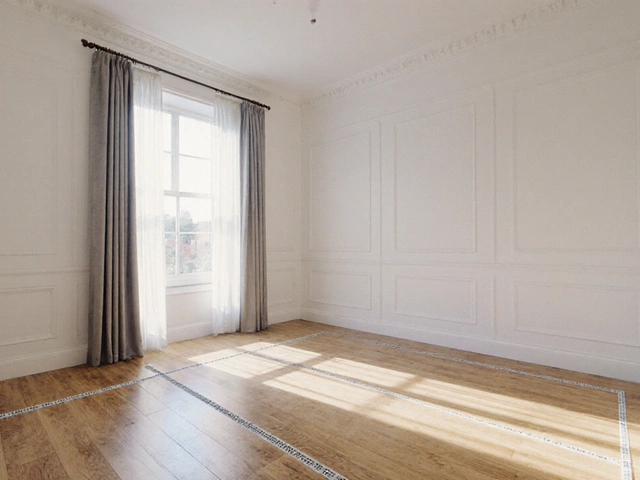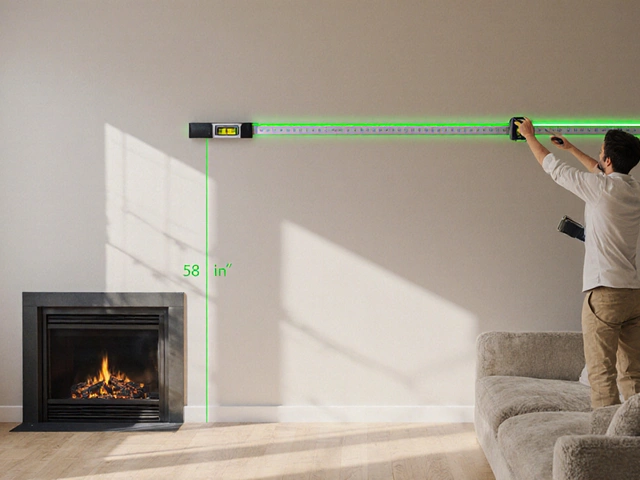Proscenium Design Ideas – Bring the Drama of the Stage Into Your Home
When you hear the word “proscenium,” you probably think of theater arches that frame the action. The same concept works wonders inside a house. By treating a wall, doorway or ceiling as a stage frame, you can add focus, depth and a touch of drama without a full remodel.
Start by picking a focal point – a fireplace, a gallery wall or a dining table. Then create a subtle arch or moulding that draws the eye, similar to a theater’s opening. Simple plaster trim, a painted arch, or even a bold wallpaper border can do the trick. The idea is to give that area a “stage” feel that makes the room feel larger and more intentional.
Key Elements of a Proscenium Look
First, choose a clean, neutral backdrop. Light greys or soft whites let the framed feature pop, just like a dark curtain makes the stage shine. Next, add layered lighting – a chandelier or pendant over the focal point, plus wall sconces on either side. This mimics theater spotlights and adds depth.
Second, pick furniture that balances light and dark. Mixing a light sofa with a dark coffee table, as suggested in our “Mixing Light and Dark Dining Room Furniture” guide, creates contrast that feels theatrical without being harsh. Add a few statement pieces – a bold art print, a unique sculpture, or a patterned rug – to reinforce the stage vibe.
Finally, think about texture. A velvet curtain, a polished wood frame, or a metal accent can give the room that tactile richness you’d see on stage. Pair soft fabrics with sleek surfaces to keep the look modern and inviting.
Quick Wins to Add Drama Without a Full Renovation
If you’re not ready for plasterwork, start with removable wallpaper that features a subtle arch pattern. Our “Easy Living Room Wall Decor Ideas” article shows how a simple wall art arrangement can act as a visual frame. Hang a series of narrow, evenly spaced frames to simulate a proscenium arch.
Swap out standard light fixtures for dimmable LED spotlights. Position them on either side of the focal point and you’ll instantly get that stage‑lighting effect. Even a floor lamp with a directional shade can work in a smaller room.
Use decorative trims on curtains or blinds. A curtain hanging a few inches higher than the window, as explained in the “Curtain Hanging Height Guide,” adds height and a theatrical sense of grandeur. Pair this with a plush rug that extends beyond the furniture layout to ground the space.
Don’t forget the power of color accents. A deep navy or charcoal wall behind the focal area creates a backdrop that feels like a stage curtain, while lighter walls elsewhere keep the room from feeling too heavy. This contrast mirrors the theater’s use of dark backdrops to highlight the performance.
By treating any room as a mini‑stage, you can turn everyday living spaces into places that feel curated and exciting. The proscenium approach is flexible – apply it to a hallway, a home office, or a cozy bedroom. Start small, play with lighting, and watch how the drama unfolds.
Ready to give your home a theatrical edge? Pick one wall, add a simple arch, and layer the lighting. You’ll see the difference instantly, and the rest of the room will fall into place around your newly framed centerpiece.

